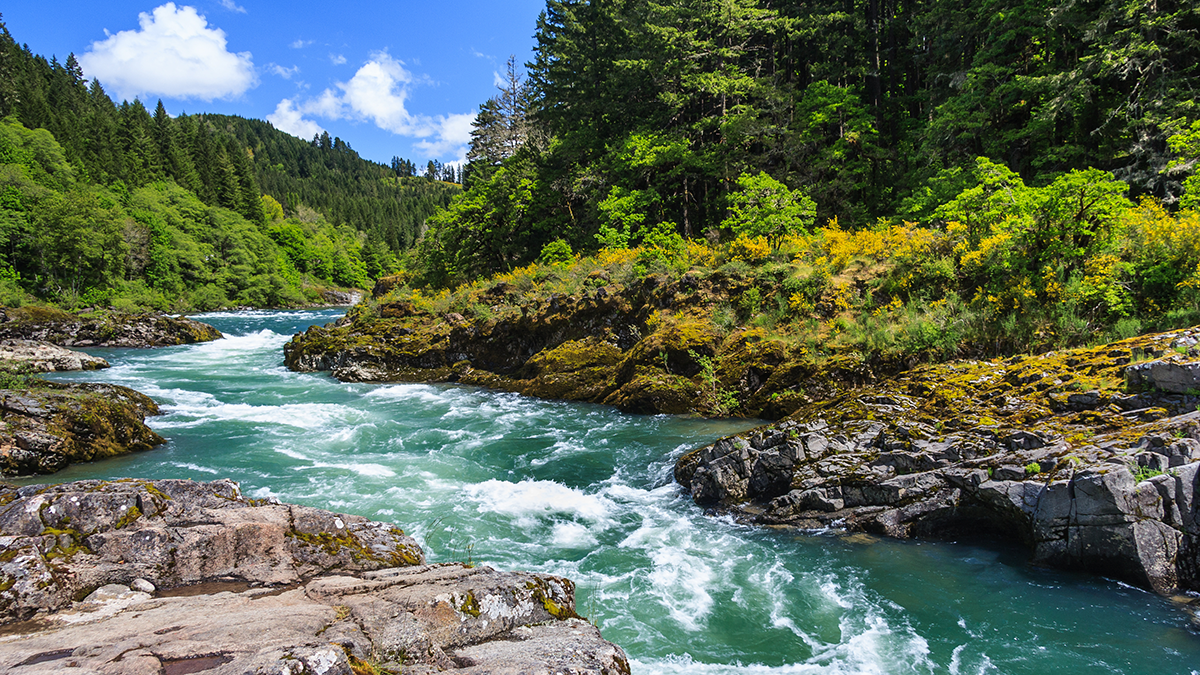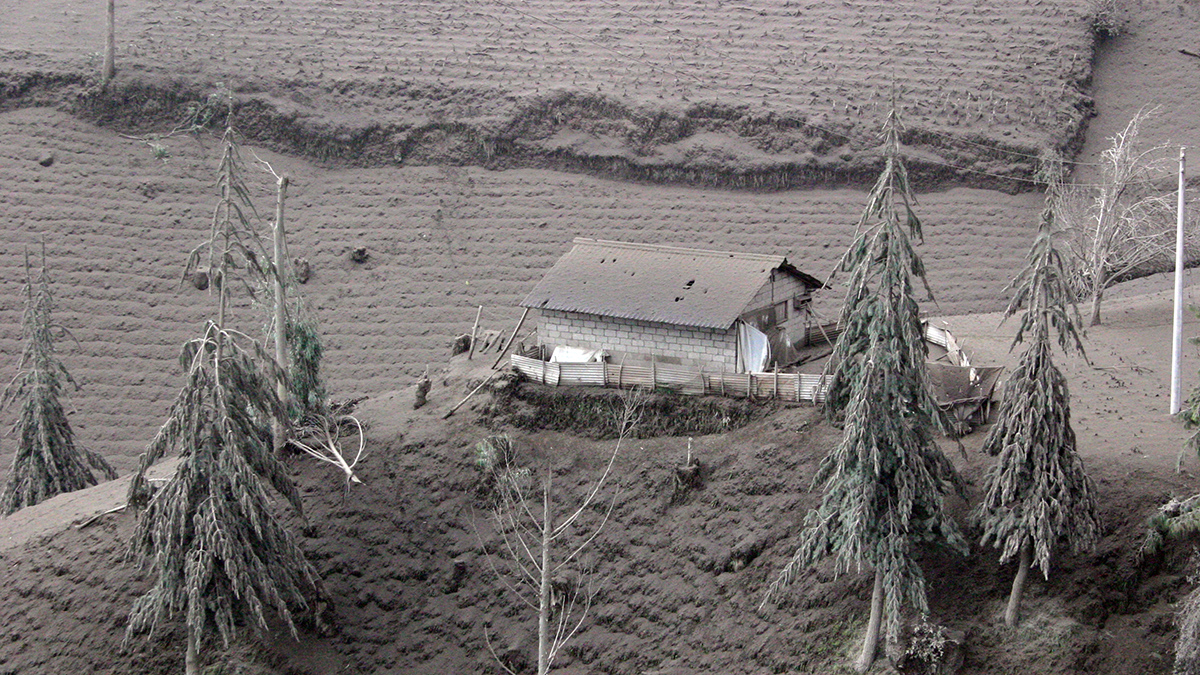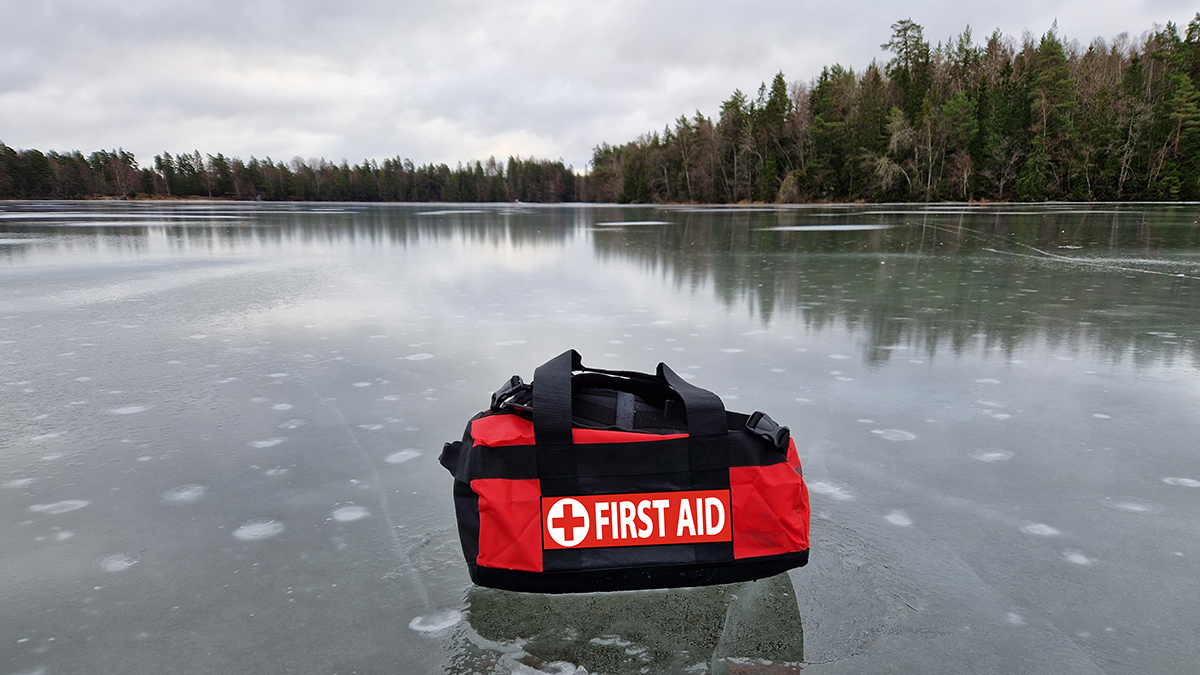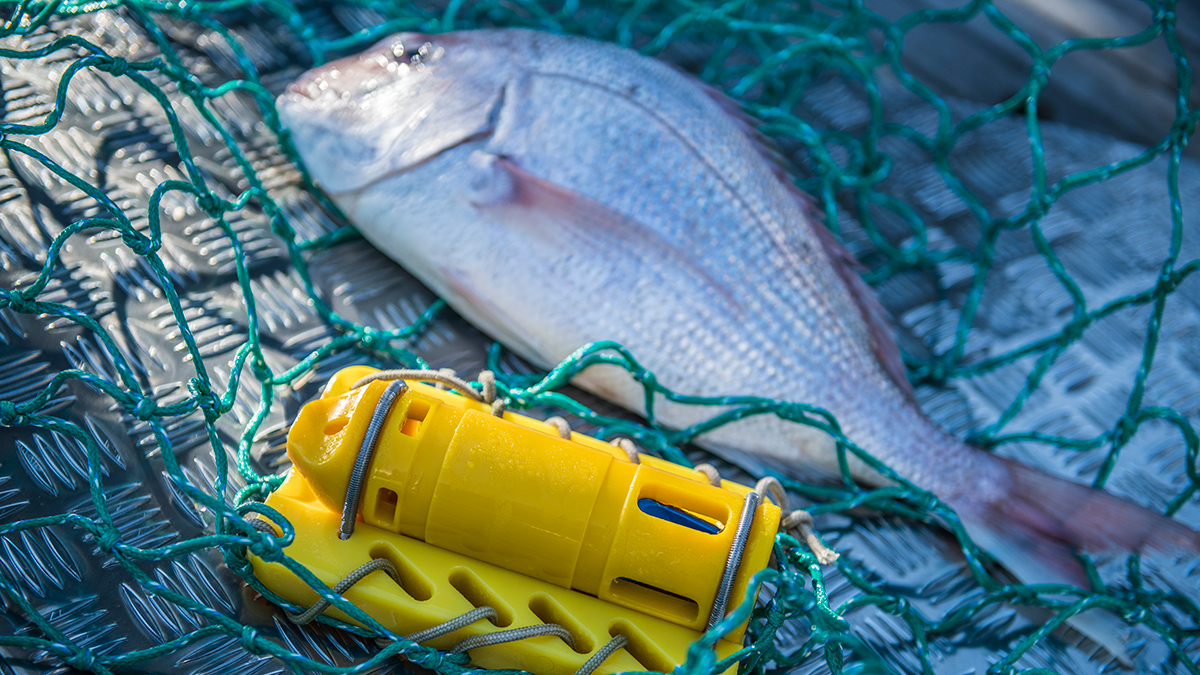Diving into the science behind river color and its relationship with flow.
ecosystems
Ancient Pines Could Reveal the Heat of Thousands of Past Seasons
A novel 3D CT scan approach unlocks temperature records preserved in the gnarled wood of bristlecone pines.
The Tonga Eruption Left Deep-Sea Life Buried in Ash
When Hunga erupted in 2022, ash “decimated” slow-moving species living on the seafloor. More mobile species were able to hoof it out of harm’s way.
In Hot Water and Beyond: Marine Extremes Escalate
A new study suggests marine life is increasingly faced with triple-threat events in which extreme water temperature, low oxygen levels, and acidification converge.
Wildfire Smoke Affects the Function of Lake Ecosystems
Smoke-covered lakes see shifts in biological and energy processes that influence food webs, carbon storage, and more.
Cómo el volcán Tungurahua arrojó metales pesados en el suministro alimentario de Ecuador
Cuando el volcán Tungurahua de Ecuador entró en erupción múltiples veces entre 1999 y 2016, las comunidades agrícolas cercanas fueron cubiertas por ceniza, la cual dejó metales pesados en sus cultivos.
The Moana Project Braids Tradition and Science for a More Sustainable Ocean
Scientists and Māori communities in Aotearoa New Zealand are gathering knowledge on marine conditions and ecosystems to protect livelihoods and help ensure a sustainable future for the blue economy.
How Tungurahua Volcano Dropped Heavy Metals into Ecuador’s Food Supply
When Ecuador’s Tungurahua volcano erupted multiple times between 1999 and 2016, nearby farming communities were covered in ash, which left heavy metals in their crops.
Kansas Prairie Streams Are Getting Choked, Maybe for Good
A herculean effort to fight back woody plants in the Konza Prairie has largely failed. The outcome shows how difficult it can be to retore these ecosystems.










